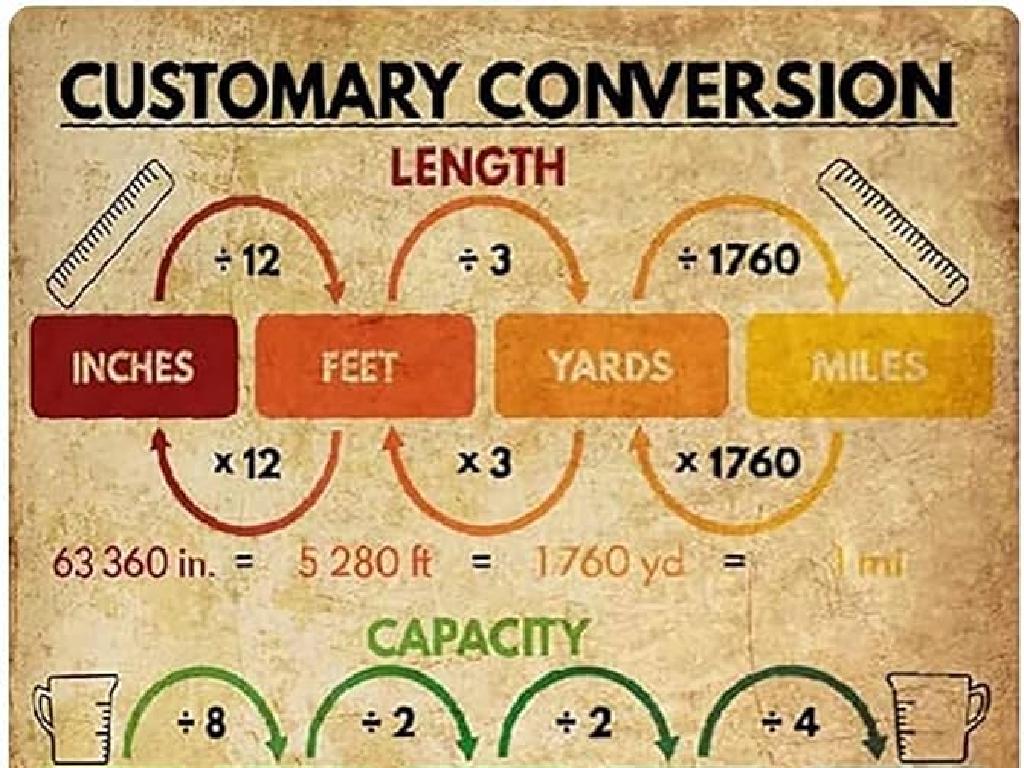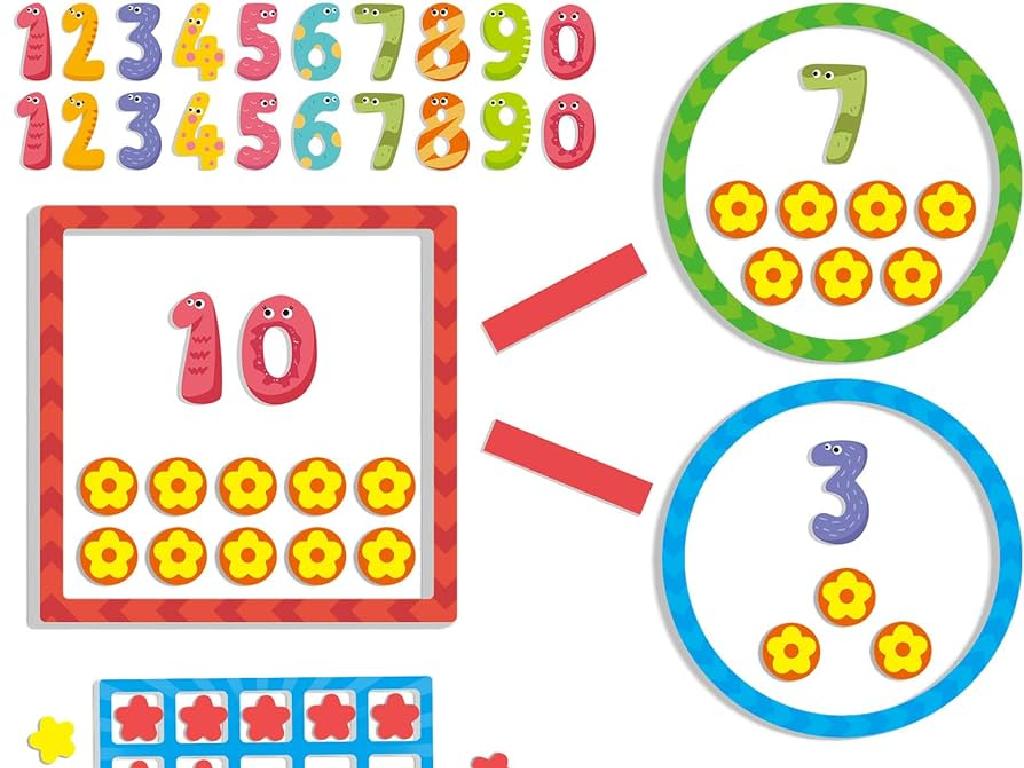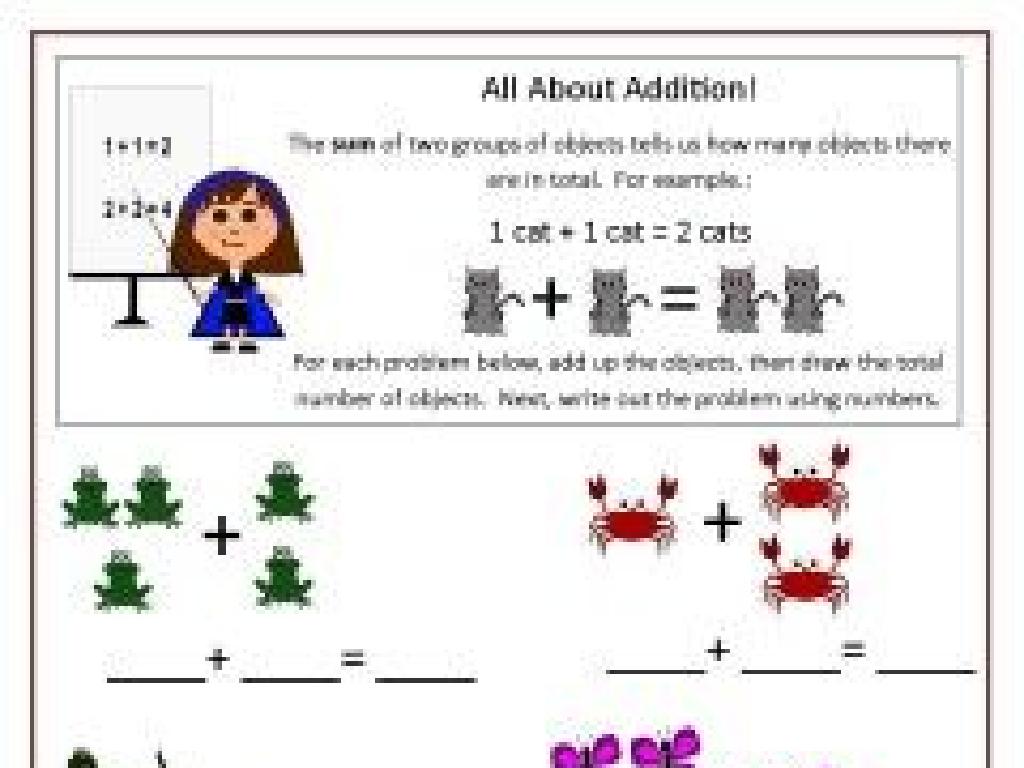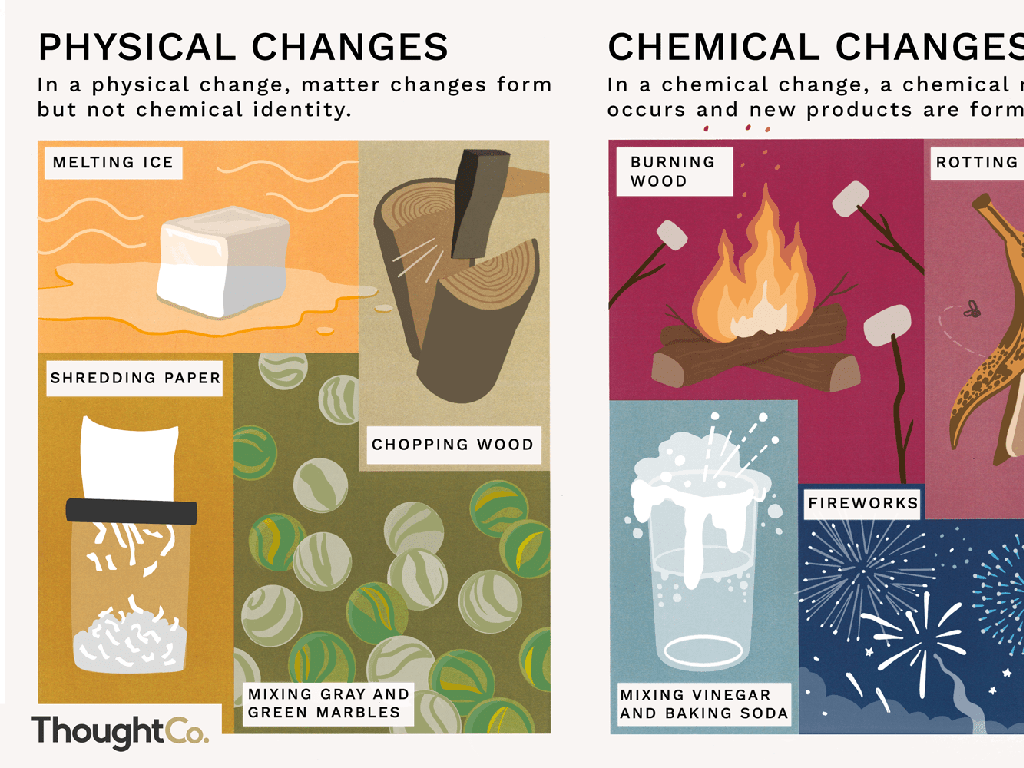Commas With Dates And Places
Subject: Language arts
Grade: Fifth grade
Topic: Commas
Please LOG IN to download the presentation. Access is available to registered users only.
View More Content
Commas with Dates and Places
– Welcome to Language Arts!
– Today’s focus: Using commas
– Commas organize sentences
– Commas separate elements, like dates and places, to make sentences easier to understand.
– Commas clarify meaning
– Example: In ‘We met on Thursday, April 5, 2021, in New York,’ commas help us read the sentence smoothly.
|
Begin the class with a warm welcome and an introduction to the importance of commas in writing. Explain that commas are like traffic signals for readers they tell us where to pause and help us understand the structure of a sentence. Emphasize that today’s lesson will focus on the specific use of commas in dates and places. Provide examples to illustrate how commas can change the meaning of a sentence and make it clearer. Encourage students to think of commas as tools that help them communicate more effectively. Prepare to show them how to use commas in different contexts, especially with dates and places, which will be the main focus of the upcoming slides.
Understanding Commas: Dates and Places
– What is a comma?
– A punctuation mark used to separate ideas or elements
– Commas signal a short pause
– Like taking a breath when reading aloud
– Commas affect sentence meaning
– They can alter what a sentence is telling us
– Using commas with dates and places
– For example, ‘On July 4, 1776, history was made.’
|
This slide introduces the basic concept of a comma and its importance in writing. Explain that a comma is a punctuation mark used to clarify sentences by separating words, phrases, or ideas. Emphasize that commas can change the meaning of sentences and are not just for pauses but also for comprehension. Provide examples of how the absence or presence of a comma can alter the meaning. Then, transition to the specific use of commas in dates and places, giving clear examples. Encourage students to think of sentences that might change meaning with different comma placements. This will set the stage for more detailed exploration of commas in subsequent slides.
Commas with Dates and Places
– Commas separate day and year
– Write dates like: May 5, 2021, was sunny
– Example: July 4, 1776, is notable
– Remember, Independence Day is July 4, 1776
– Practice with today’s date
– Use commas when writing today’s date in this format
|
This slide introduces the use of commas in dates, which is a key skill in writing. Start by explaining the rule that commas are used to separate the day from the year. Provide the example of Independence Day to illustrate this point. Then, engage the students in a practical exercise by having them write today’s date using commas correctly. This will help them apply the rule in a real-world context. Encourage students to practice this skill by writing other significant dates with commas and to share their examples with the class.
Commas with Places
– Commas separate city and state
– Use a comma to show where a place is, like ‘Denver, Colorado, has mountains.’
– Example: Orlando, Florida, is fun
– Remember to put a comma after the state too!
– List cities and states with commas
– Try writing some on your own: ‘Paris, France, is beautiful.’
|
This slide introduces the use of commas in geographical locations, specifically how to correctly punctuate city and state or country combinations. Start by explaining the rule: a comma is used after the city and the state or country when they appear together in a sentence. Use the example provided to illustrate this point. Then, engage the students by asking them to list various cities and states or countries, using commas appropriately. This will help them practice and remember the rule. Encourage them to think of places they know or would like to visit as a way to make the activity more personal and engaging.
The Importance of Commas: Dates & Places
– Commas clarify sentence meaning
– Example: ‘Let’s eat, Grandma!’ vs. ‘Let’s eat Grandma!’
– Commas can save lives by preventing misunderstandings
– Correct comma placement is crucial
– We’ll learn how commas affect the message we’re trying to convey
– Practice makes perfect with commas
– We’ll do exercises to become comma pros
|
This slide introduces the importance of commas, especially in the context of dates and places. Start by explaining how commas help clarify the meaning of sentences, preventing misinterpretation. Use the classic example of ‘Let’s eat, Grandma!’ versus ‘Let’s eat Grandma!’ to show how a comma can change the meaning of a sentence dramatically. Emphasize the importance of correct comma placement and encourage students to practice using commas through various exercises. The goal is for students to understand that commas are not just arbitrary marks but essential tools for clear communication.
Class Activity: Comma Hunt
– Find dates and places in reading material
– Note correct comma usage
– Look for commas after dates and in addresses
– Share examples with the class
– Discuss why commas were used in those spots
– Understand commas in context
|
This activity is designed to help students recognize and apply the use of commas in dates and places through practical examples. Provide a brief review of the comma rules for dates and places before starting the activity. Encourage students to look for examples in their favorite books or articles, paying close attention to the placement of commas. Once they have written down their examples, have them share with the class to reinforce learning. Possible variations of the activity could include finding examples in magazines, creating a classroom display of their findings, or even writing their own sentences using commas correctly.
Concluding Commas with Dates and Places
– Recap comma usage in dates/places
– Remember, commas separate the day from the month, and the year in dates.
– Check writing for correct commas
– After writing, review your work to ensure commas are correctly placed.
– Practice using commas regularly
– The more you write, the better you’ll get at using commas naturally.
– Commas help clarify meaning
|
As we wrap up our lesson on commas with dates and places, it’s important for students to remember the key rules we’ve discussed. Commas are crucial in writing to avoid confusion and to make the meaning clear. Encourage students to always proofread their work for proper comma usage. Regular writing exercises can be assigned for practice. For example, students can write journal entries with dates, describe historical events with specific dates, or write letters including addresses to practice placing commas in places. Reinforce the concept that mastery comes with consistent practice.






